Electronic payments appear to be gaining popularity in North Korea, thanks to the spread of smartphones, pressure from the state, and an increasingly competitive market for smartphone apps. Several competing electronic payment wallets are in operation in Pyongyang and, to a lesser extent, across the country, according to an examination of recent North Korean smartphones, state media reports and video posted by tourists. In addition to facilitating cashless payments, the apps can be used to buy and sell foreign currency, as well as for purchasing tickets for movies, sports events and tours, paying for transportation and settling household bills. Most of the services are backed my major domestic IT companies and point to an emerging fintech sector in North Korea—a place where citizens have historically distrusted banks.
The state is enthusiastically pushing the adoption of the services, and the recently revised Electronic Payment Law even threatens fines on businesses that refuse to adopt them. North Korea has much to gain from the shift from cash-based transactions to electronic payments, including deeper insights into and control of the economy and the ability to raise tax revenue. Like many consumers around the world, North Koreans appear willing to sacrifice the privacy of some of their purchases for the convenience of cashless payments, at least for now.
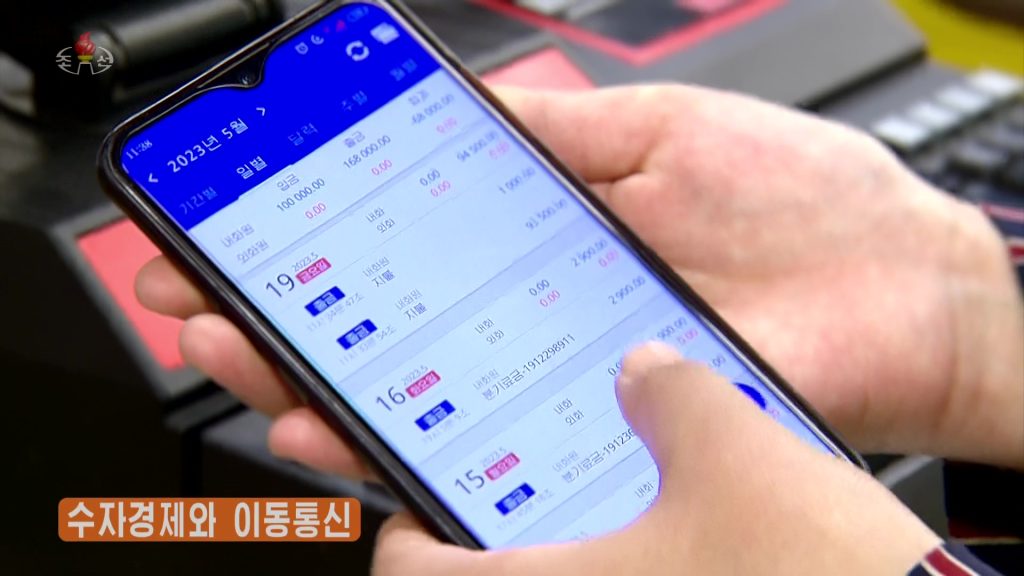
Background
The idea of electronic payments is not new. The Foreign Trade Bank launched the Narae (나래) debit card in January 2011 and the Central Bank has offered the Jonsong (전성) Card since around 2015. As debit cards, both options require keeping money in North Korean banks. However, after the disastrous currency revaluation in 2009, North Korean’ distrust of banks soared with citizenspreferring instead to keep savings in cash. .
The eventual popularity of e-payments did not arise because trust in banks has improved. Rather, the prevalence of cell phones and market practices has led to a new cashless transaction process. Essentially, cell phone users receive a credit of 150 won as part of their monthly service subscriptions that can be saved or transferred to other users. Traders began using those electronic transfers as a micropayment system for market sales. [1]
The system worked, but it placed the cellular carrier, Koryolink, in a position of importance over the market sector. In October 2020, the state moved to restrict the use of mobile money transfers to try to regain some control.
A year later, the Supreme People’s Assembly passed the Electronic Payment Law (전자결제법) which put the Central Bank in charge of approval of and supervision over electronic payment networks. According to the law, systems can be established by banks and “independently by institutions, enterprises, and organizations outside the banking sector.” It also specifies that transactions should be assured with electronic certificates issued by the state.It also specifies that transactions should be assured with electronic certificates issued by the state.
This creates the framework for competitive electronic payment systems to emerge from banks and organizations outside the financial sector, but under state monitoring and oversight.
Smartphone Apps
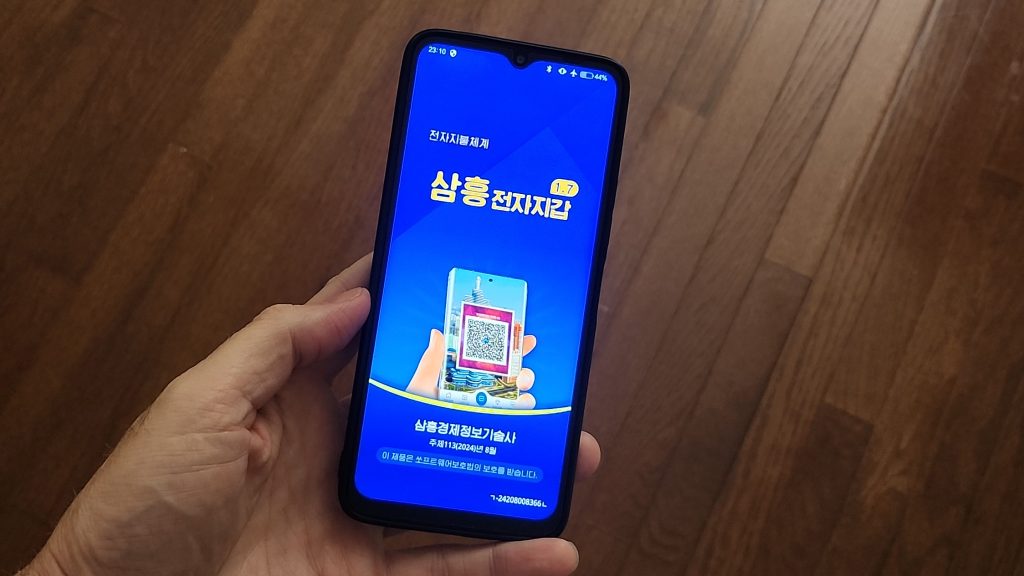
The electronic payment systems that have developed in North Korea are centered around smartphones and, like neighboring China and much of Southeast Asia, are based on QR codes rather than tap-to-pay.
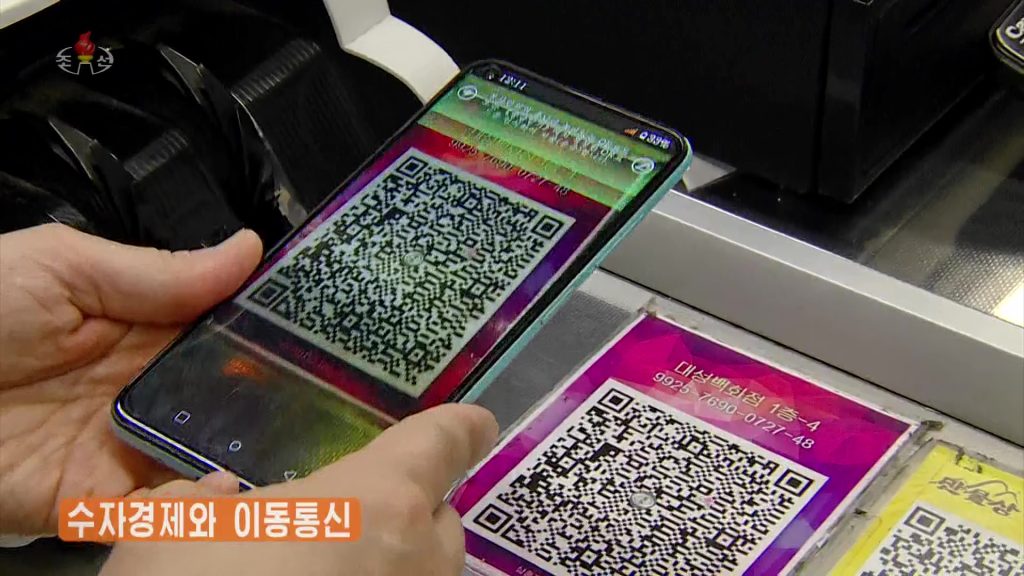
The following apps are listed in the e-payment folders on North Korean smartphones:
Samhung, Apnal and Yonphung are among North Korea’s top IT companies and produce many apps for North Korean smartphones, making their jump to e-payment apps perhaps not so surprising. What is interesting, however, is that the IT companies all appear to be running the systems themselves rather than producing apps for banks.
The Samhung app includes options to pay for transportation like taxis, buses, highways and the Pyongyang metro, purchase grain coupons, buy sports lottery tickets, and pay telephone and electricity bills. There are also options to reserve restaurant seats and book tours. The competing Manmulsang app appears to offer many of the same features.
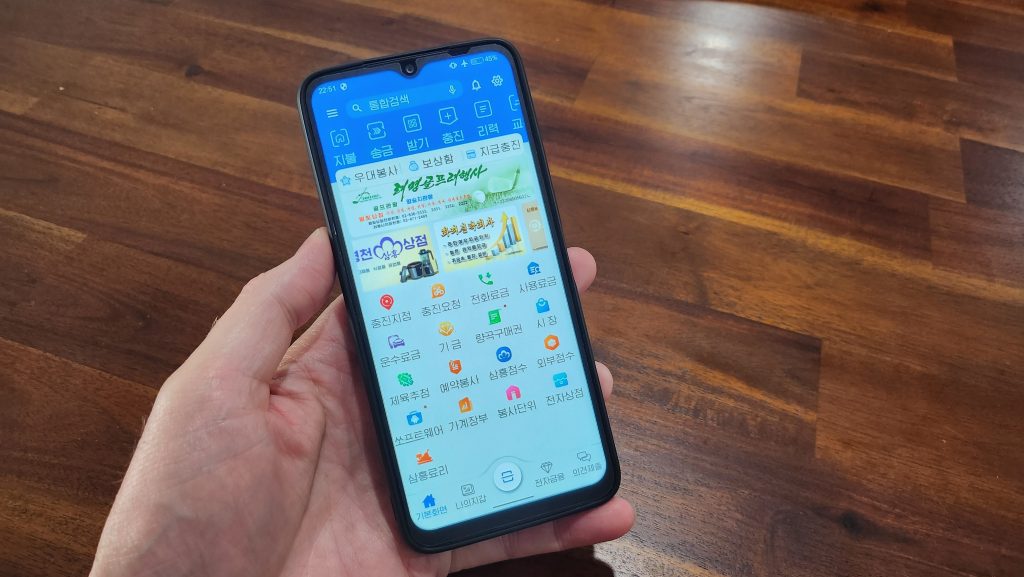
Users pay for purchases or send remittances by scanning a 2D barcode that is presented at a point of sale or on another user’s app. The barcode contains the recipient’s account number.
In one photo posted to Reddit by a Russian tourist, barcodes for five different payment systems are displayed at the Taesong Department Store. They include Narae Card, Manmulsang, Saebyol Electronic Wallet, Samhung Electronic Wallet and a fifth, unidentified system.
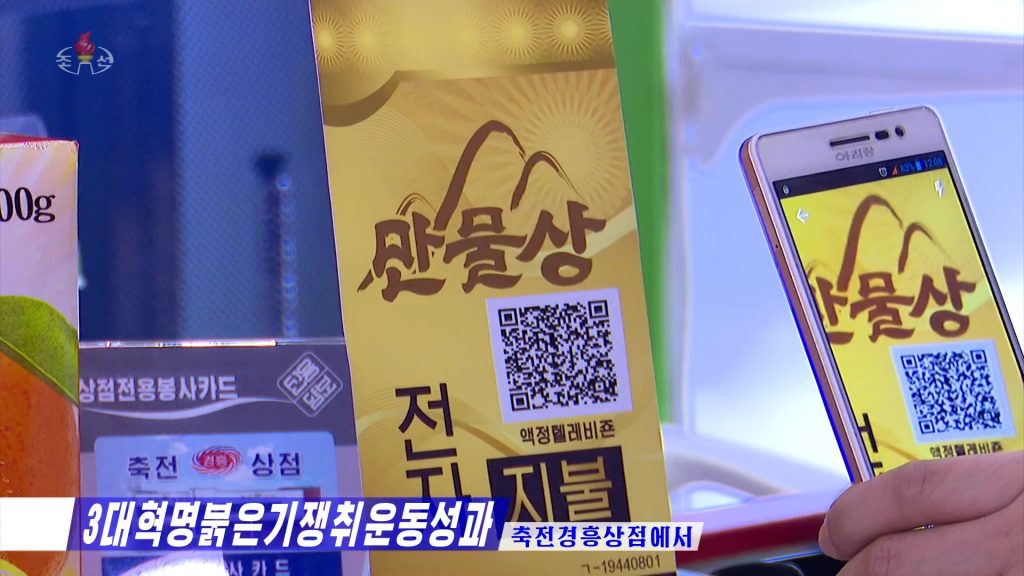
Foreign Currency Accepted Here
Some of the systems, including the Samhung and Narae apps, support both local (내화원) and foreign exchange won (외화원). The latter is a virtual currency that is used to represent foreign currencies and is worth about 100 to the US dollar. The two types of won are not equivalent in value and inside North Korea, some goods can only be purchased with the foreign exchange won.
New ATMs
In addition to the smartphone e-payment apps, a new series of ATMs is spreading around Pyongyang. The Hwawon ATM works with bank cards and smartphone apps, including Jonsong Card, Narae Card, and Samhung electronic wallet, to allow deposit, withdrawal, transfer and exchange of cash between users, according to a guide to the Hwawon ATMs obtained by NK TechLab.
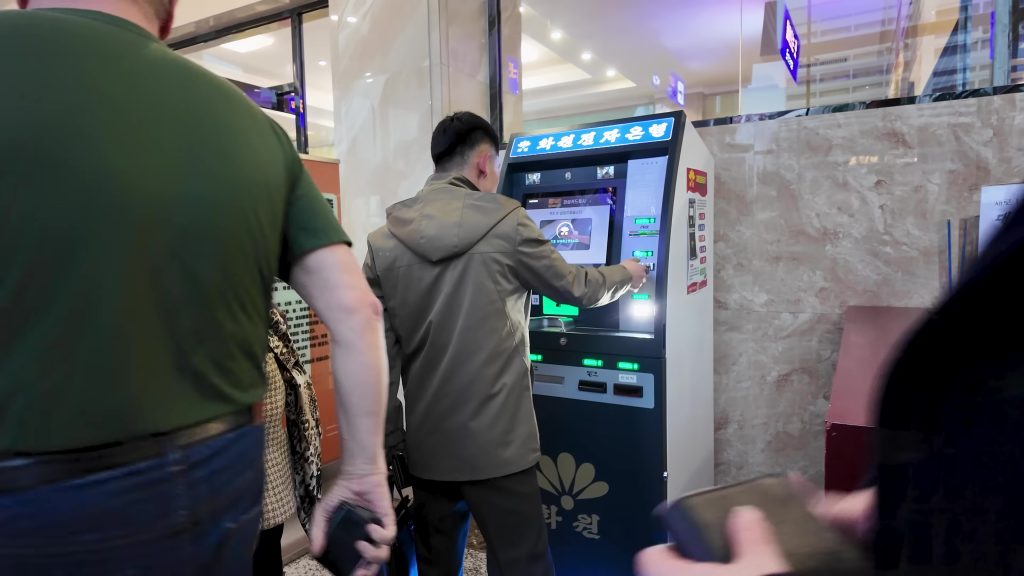
Notably, the system also supports foreign currency transactions including partial deposits. For example, if a user has a $100 bill but doesn’t want to convert the entire amount into foreign exchange won, they can convert part of it and receive the change in US dollars, according to the guide.
The guide lists 15 locations where the ATMs are installed. They include department stores, major hotels, and markets. At least one of the locations has been verified by video posted by tourists: the Taesung Department Store.
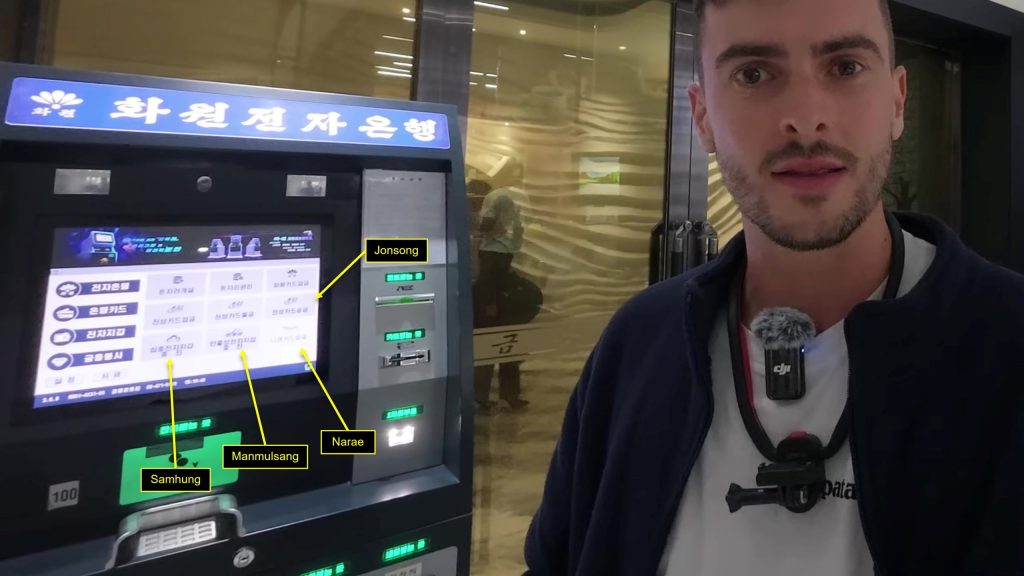
The network appears to be expanding too, both in locations and in accepted e-payment systems.
One tourist video shows one of the ATMs at the Grand People’s Study House and another shows one at the Kumrung Fitness Center (금릉운동관). The latter was not on the original list of locations in the guide. The video shows a screen with logos for Jonsong, Narae, Samhung systems and, additionally, the Manmulsang payment system.
Topping up the Wallet
There are several ways that users can put money into their electronic wallets.
Cash can be processed at information service counters, of which there are 455 locations listed in the app. The distribution is uneven and points to Pyongyang as being the main area of use. For example, there are 59 recharge locations in Jung District, which covers the central area of Pyongyang, but only one location in each of Rason and Kaesong cities and just two locations in all of Ryanggang Province.
Money can also be transferred electronically from Jonsong, Mirae and Narae Cards.
Samhung Economic IT Service also began offering a service in 2024 where users can charge their mobile wallets by handing cash to an appointed representative who will visit their home. Reservations are made daily between 10 am and 4 pm, and pickup is between 4 pm and 10 pm.
Amounts over one million North Korean won or 11,000 foreign exchange won are picked up free of charge, according to documentation for the service. The guide also advises users to call the company and verify the identity of the delivery driver before handing over cash. Both sides are instructed to verify the amount of money and put it in a sealed envelope with an “X” across the seal.
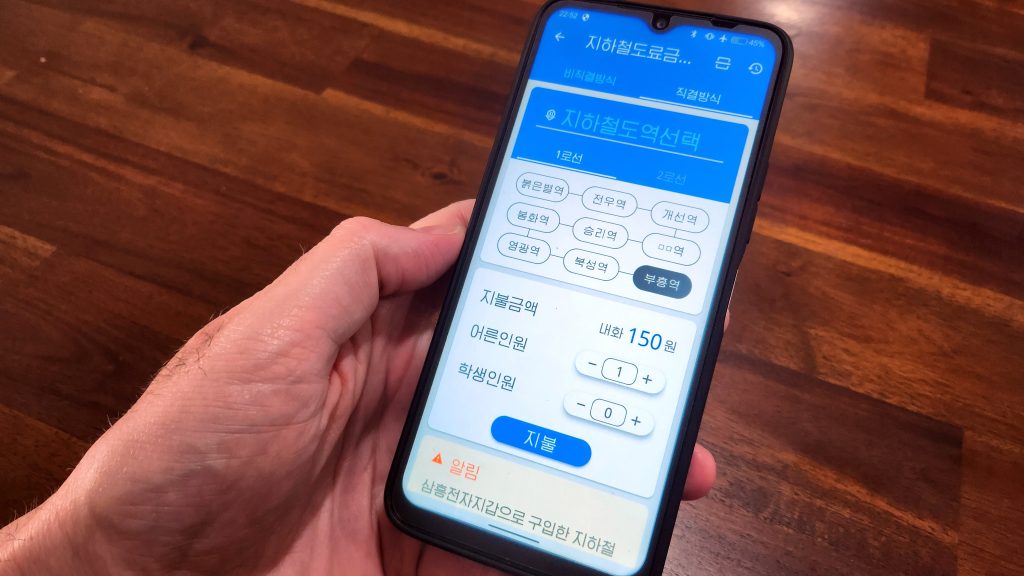
Popularity and Problems
The mobile payment systems are widely used, according to several reports. In August 2023, Daily NK quoted a source in North Korea who estimated 6 in 10 people in Pyongyang and 4 in 10 people in the provinces use mobile payment systems in stores. In October 2024, the Japan-based pro-North Korean Choson Sinbo newspaper reported that it is increasingly rare to see people paying with cash in Pyongyang.
While some of that is undoubtedly due to organic growth, the state has also been doing a lot to help push citizens and retailers to use electronic payments.
Initiatives include the policy of paying wages electronically into card-linked bank accounts.
In 2021, the state passed the Law on Electronic Payments that opened the door to state-run institutions offering e-payment networks. In July 2023, the law was revised to include the provision of a fine for “Institutions, enterprises, organizations, or citizens required by law to adopt and use the electronic payment system but failing to do so.”
The levy of fines for failing to adopt e-payments and inclusion of citizens in addition to organizations and enterprises, indicates the state’s intention to drive greater use of electronic payment networks, but it also hints at some resistance in the economy to doing so.
But with wider adoption of e-payments can come increased consumerism because of the ease of spending money.
In July this year, Daily NK reported that police began distributing materials to Socialist Patriotic Youth League and Korean Children’s Union officers at schools warning “the spread of mobile electronic payments was having a non-socialist impact on teens” after it found high school students make over 150 e-payments in a six-month period.
The report suggests authorities are concerned about e-payment systems becoming too popular and pushing further marketization of the North Korean economy beyond what the state feels is acceptable.
Conclusion
In North Korea, as everywhere else, the growing popularity of smartphones is bringing new capabilities and conveniences for users at the expense of greater insight into their personal lives. It would be easy to assume the state is pushing these new technologies to increase surveillance of the population—and that might be a tertiary benefit—but the prime motivation appears to be greater control over the economy.
The rise of informal marketplaces in recent years has led to less state control and insight into some sectors while private individuals have been able to build wealth on the edges of the state economy. A key part of the electronic payments push is the move of these funds back into the regulated economy so the cash—especially foreign currency—can be utilized by the state.

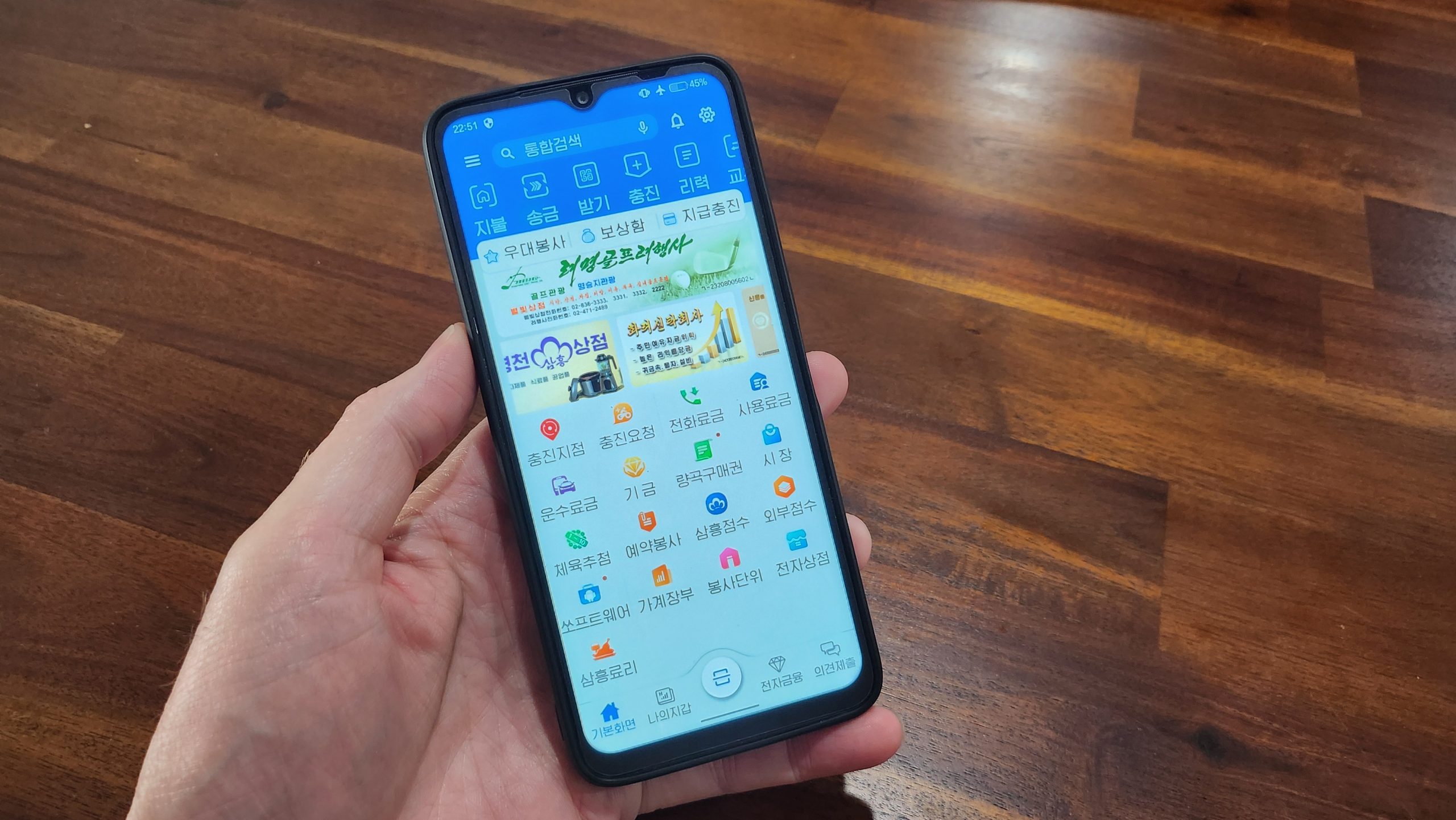
Leave a Reply